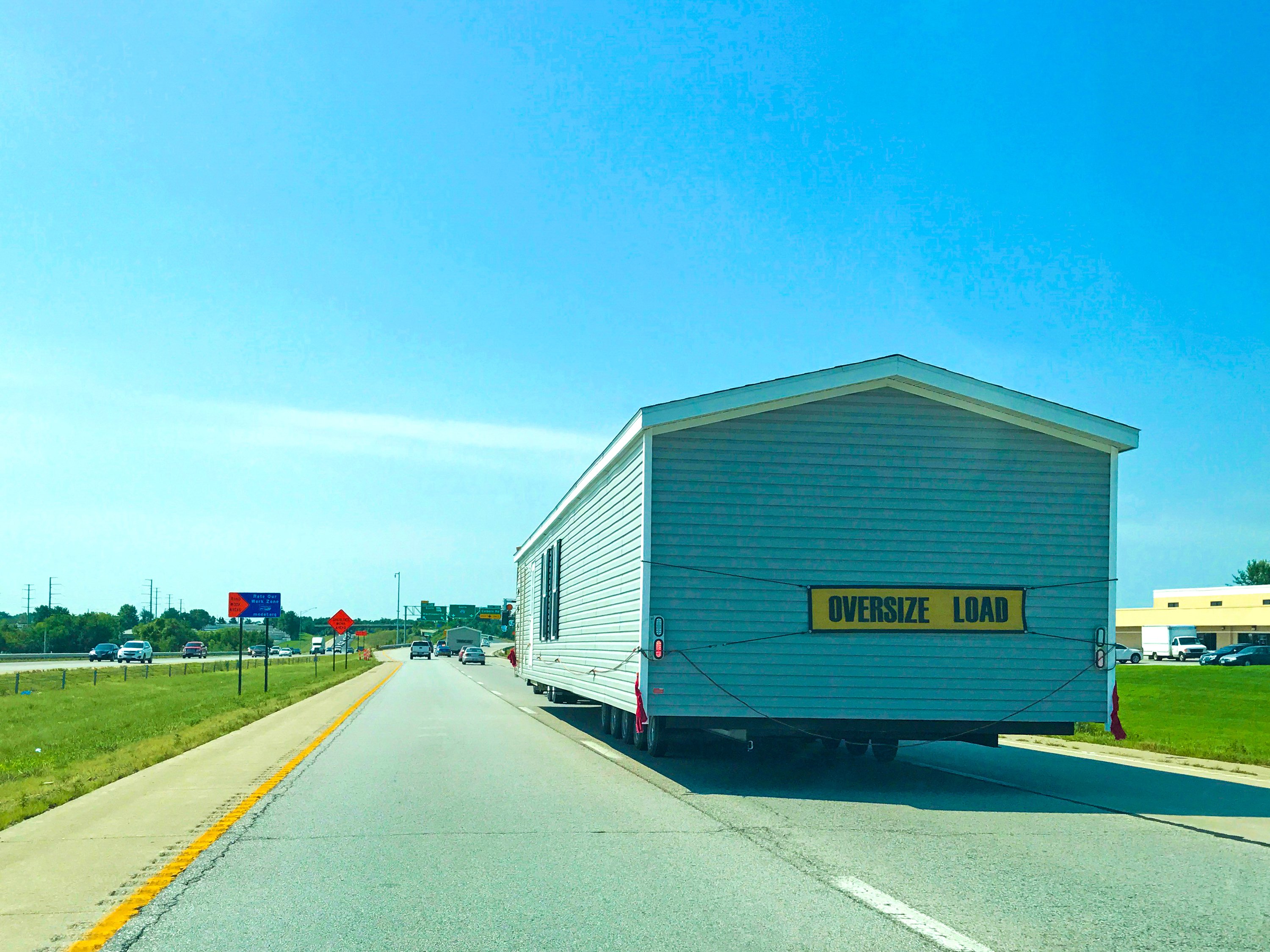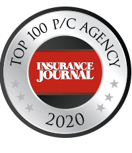The manufactured Housing industry is evolving. As a result of the many changes occurring within the industry, it is important that owners and leaders understand the importance of risk management. Proper risk management can provide tremendous cost savings, while those entities not implementing a risk management program will find themselves uncompetitive and at risk of losing all they worked to create.
 Risk management has many elements, but it is important to first understand how to manage risk. Risk is essentially managed in 3 distinct methods. These methods are:
Risk management has many elements, but it is important to first understand how to manage risk. Risk is essentially managed in 3 distinct methods. These methods are:
- Risk Avoidance
- Risk Acceptance
- Risk Transfer
We can safely make the assumption that if you are managing or operating a business, you inherently have risk. It is the level of activities and services provided as well as the choices made that will determine which of the 3 methods are used to manage risk.
To be clear, Risk Avoidance is simply not participating in an activity that inherently has risk. For example, a community operator may choose not to participate in retail operations by not selling homes in his or her community. Risk assumption implies the individual will perform a task that has risk and he or she will assume all responsibility associated with the risk or a portion of that risk,. Think of using a high deductible to reduce insurance costs. The deductible represents the assumed risk the individual is willing to bear. Finally, Risk transfer apportions the risk or part of the risk to another party. An example would be a retailer that utilizes subcontractors to set a home for a customer.
When operating/managing a manufactured housing community or sales center it becomes important to evaluate the risks your business assumes. As mentioned, many businesses choose to transfer the risk, by hiring third parties to perform certain activities. The question then becomes, have they truly transferred the risk? For most of the industry’s long history, business was done with a handshake agreement. As the industry evolved, it has matured in its understanding of risk assumption and transfer.
Risk transfer has many advantages if it is managed correctly. If not managed, it can have an adverse effect by creating a unique juxtaposition that moves the risk transfer to a risk assumption. Having a third party perform specific operations in your business is very common in our industry today. The cost to do such things as hauling homes, setting homes, removing trees, etc. has made it more effective to subcontract that work. This transfer of duties to a third party must be navigated carefully and clearly in order to be sure the risk is transferred to the appropriate party.
The first step to a successful risk transfer is the use of a contract that clearly outlines the activities the subcontractor will be performing. In addition, it should include “hold harmless” language, insuring requirements as well as payment schedules and dates the activity will take place. These contracts are quite common, albeit many fail to include insuring requirements and “hold harmless” language. These are 2 critical elements to the risk transfer. The insuring requirements is simply a statement asking the subcontractor to carry specific limits of insurance and that the business is named as an additional insured. Typically the subcontractor should maintain limits of liability coverage that mirror your business or a minimum of $1 million. “Hold Harmless” language is verbiage that states the subcontractor agrees to not hold liable the business owner in the event of an occurrence that is a result of the work of the subcontractor.
The next step to a successful risk transfer is obtaining a certificate of insurance from the subcontractor. While many of us practice this step in our operations, it is important that the certificate is truly implementing the transfer of risk. There are several items the business owner needs to identify on a certificate to be sure it is correct. First it is important to confirm that the Name of the entities identified on the Certificate of Insurance (COI) are accurate. As the insured requesting the COI, your entity will be identified in the Certificate Holder section. Next, it will be important that all coverages (including workmen’s compensation) boxes are checked off indicating the entity has those coverages. They should also be including the limit of insurance the entity maintains. Ideally these limits should be equivalent or greater than your own commercial insurance limits. Next, it will be important to confirm the policy period of the coverages to ensure the policy will remain active during the period you are hiring them. Finally, in the remarks section of the COI, wording should promulgate that your entity is an additional insured under their policy and identify any additional endorsements their policy maintains. It is important to note that in order to achieve Additional Insured status on the subcontractor’s policy, the carrier will typically include an endorsement or language requiring a contract between both parties exists. Therefore the importance of the aforementioned contract becomes critical.
The importance of Contractual Risk Transfer (CRT) in business becomes a critical element in risk management. It also is an important step in reducing insurance costs or creating a desirable position for your company when the insurance industry enters “hard” markets. To expand, by implementing a CRT program for your business, you are placing the burden of liability with the appropriate party. This limits your exposure and as a result, claims are bore by the appropriate party. This mitigates your claims experience and as a result more aggressive pricing can be achieved from your carrier. Another important aspect is putting your company in a favorable position in a “hard” market. The insurance industry cycles between soft, stable and hard markets. These cycles can last months or years depending on economic factors. When the industry cycles to a “hard” market, businesses can see substantially increased premiums, reduced coverages or even non renewed policies. In order to achieve the best of price, coverage and renewal of your policy during this period it is important to have a risk mitigation plan in place and a strong claim(loss) ratio.

By understanding and identifying risk in your business, you can better decide how to address the exposure…avoidance, assumption or transfer. It is important to note that there is not a means to transfer all of your exposures by purchasing insurance. We are all familiar with insurance policy exclusions. It is important to read and review your policy with your agent to best understand the limitations of your policy. These exclusions force you as a business owner to make a decision between assumption and avoidance.
Take the time to consult with your insurance agent as he or she can play a pivotal role in assisting with a risk mitigation plan. Many insurance carriers will also provide loss control services to assist you in reducing risk and ultimately insurance costs.
Haylor, Freyer & Coon, Inc. has been a leader in Risk Management for the Manufactured Housing Industry for over 50 years. With a team of true industry specialists, we can provide the safety programs and insurance products you need to protect your community.
Contact: Sean Dalton, Vice President at sdalton@haylor.com. Visit our website




















